This awareness day, established to commemorate the anniversary date of the Ramsar Convention of 2 February 1971 on the protection of wetlands, reminds us of the importance of marshes to water retention. It is worth noting that wetlands cannot exist without water; therefore, the gradual implementation of the retention program is of paramount importance.
There are many types of wetlands. These include vast peatlands stretching over open areas, small forest swamps or narrow habitats along natural rivers and bodies of water, natural and anthropogenic, permanent and intermittent, including those containing seawater. Wetlands are important for many reasons. Firstly, they are an enormous reservoir of water, which they accumulate when water levels rise, later returning it slowly to streams and aquifers, thus recharging springs. This means they are our allies by reducing the impact of floods and droughts. Secondly, they are an effective air and water filter. Wetlands capture carbon dioxide, while plants and microorganisms living in them bind biogenic substances as well as nitrogen and phosphorus compounds, purifying water and limiting eutrophication, which prevents the growth of pathogenic algae and cyanobacteria. Thanks to the role they play in the water and carbon cycles, they regulate weather patterns, slowing the progress of climate change. Thirdly, wetlands enrich the ecosystem because they provide a home to many unique species of plants, birds, insects and other animals. Fourthly, they are economically relevant by providing grazing land for cattle, natural ponds for fishing and areas for growing certain plants. Last but not least, they beautify the landscape and are attractive areas for tourism and recreation.
In Poland, natural and artificially transformed wetlands cover almost 4.4 million ha, 14.2% of the country, 30% of which are peatlands. The rest comprises various grasslands, forested areas – swampy and riparian, whereas the smallest area is taken by non-forested marshlands, namely reed beds, sedge meadows and sphagnum bogs.
In order to thrive, wetlands require a water supply. Depending on the conditions of supply and the distribution of water, the following types of wetlands can be distinguished: ombrogenic – almost entirely supplied with water through precipitation, topogenic – supplied by underground water slowly flowing in from extensive basins, soligenic – occurring in areas where underground water emerges (seeps, springs), and fluviogenic – supplied by flooding rivers.
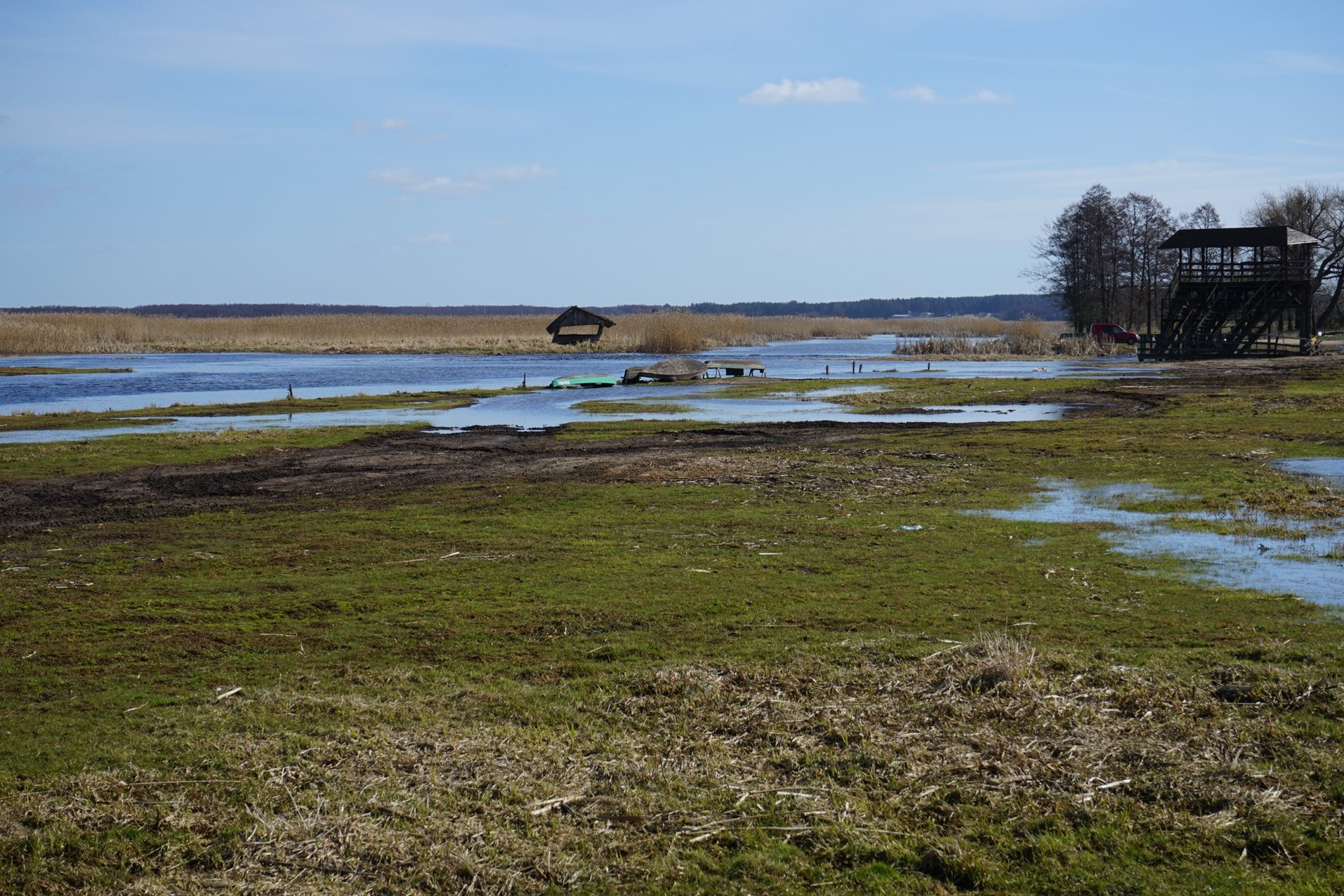
Spring floodplains of Narew – Narew National Park. Fig. Polish Waters
In the course of the last century, over a third of the world’s wetlands were lost. Poland also faces the problem of disappearing marshes. Insufficient precipitation, reduced groundwater levels and the resulting droughts prove destructive to wetlands in the long term. The Upper Narew Valley, where for several years a significant drop in humidity has been observed in wetlands downstream, can serve as an example.
To preserve the existing wetlands in good condition, a sufficient amount of moisture has to be provided to those habitats. The changing precipitation patterns in the country, including the increasingly long periods without rainfall and shorter snow cover in winter, demonstrate that the only solution that can challenge these changes is the intensification of retention. Increasing the properties of retention and accumulation of water is an indisputable solution to fighting the aftermath of droughts as well as slowing the outflow of water to major rivers during heavy rain, which is becoming more and more commonplace in Poland. The improvement of retention in soil by just 10 mm provides an additional 100 m3 of water per hectare.
Polish Waters, as part of the drought effects counteracting plan, point to numerous investments and educational activities which will lead to an increased amount of water stored in the soil, including in wetlands. Activities regarding large and small retention, including the construction of retention reservoirs and water barrages, will ensure large amounts of water while also serving as means of preventing floods, droughts and climate change. The program of renaturalisation of surface waters, which is currently being developed by Polish Waters, is meant to restore marshy areas in river valleys and renaturalise rivers. Polish Waters will promote rational water management in agricultural areas, endorse efforts to increase retention in drainage ditches, promote the construction of ponds, and encourage municipalities to collect and utilise rainwater. The implementation of these initiatives will increase the retention levels and, as a result, preserve the wetlands for future generations.
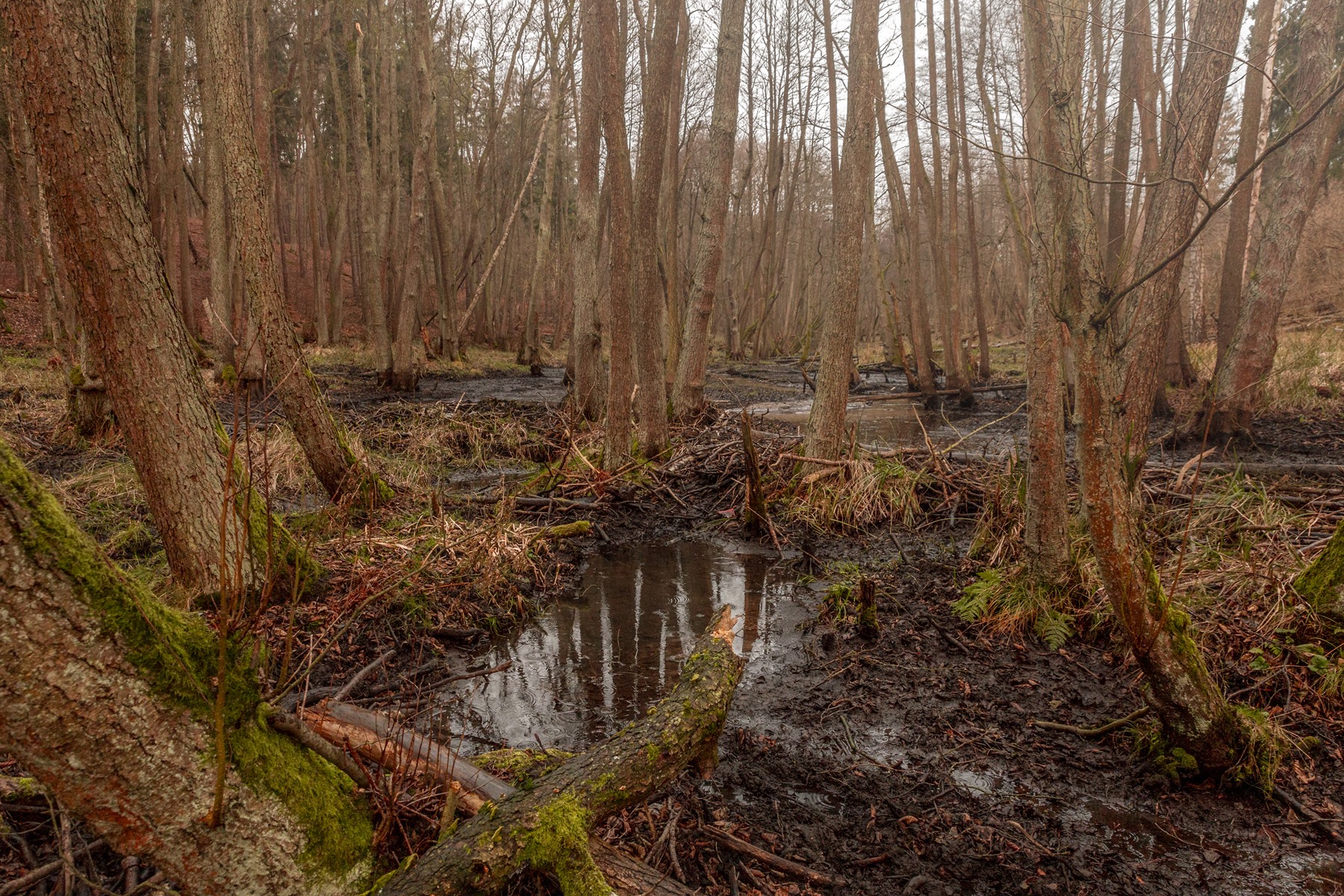
Kamienny Potok. Fot. Marek Szumko
Bubnów Swamp – Poleski Park Narodowy. Fot. Wody Polskie
Wetlands south-east of Biedaszki, Łódź voivodeship, Wieruszów district, municipality of Galewice. Fig. Polish Waters
Wetlands south-east of Biedaszki, Łódź voivodeship, Wieruszów district, municipality of Galewice. Fig. Polish Waters
Zbiornik potorfowy Jelino k. jeziora Zagłębocze Lake District Łęcyńsko-Włodawskie. Fot. Wody Polskie
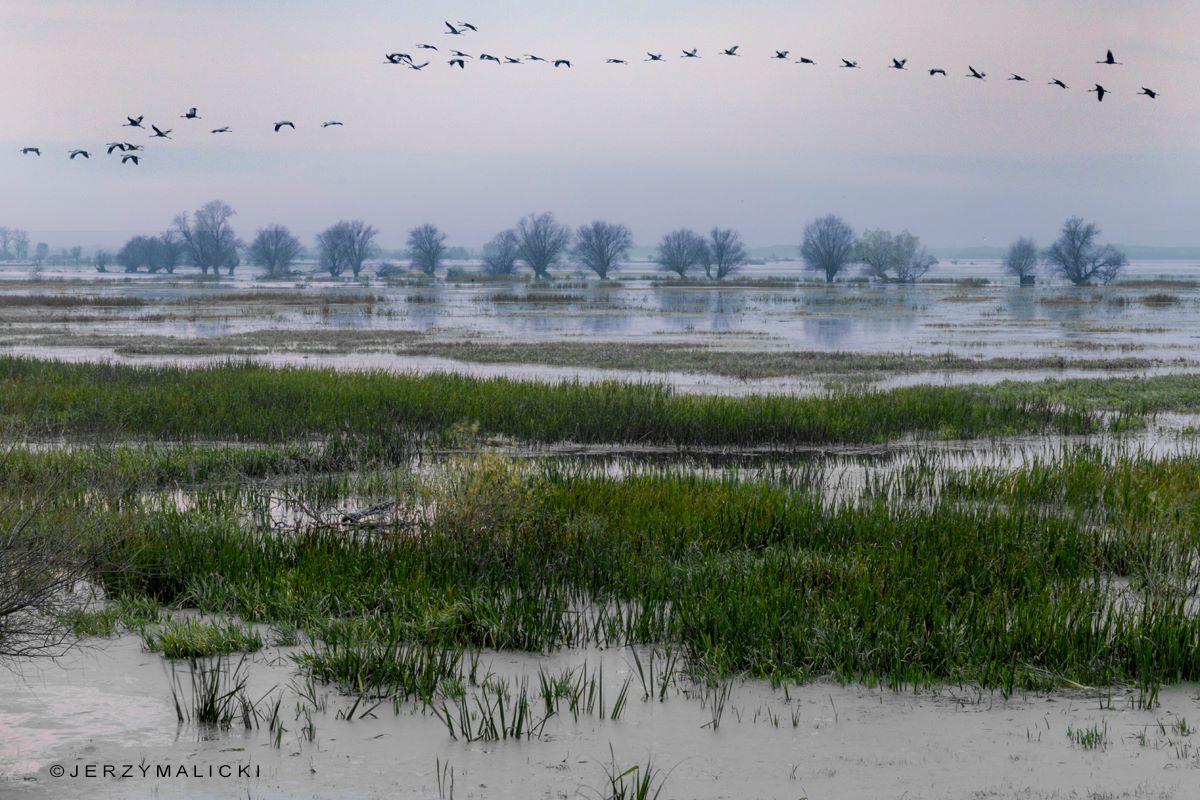
Park Narodowy Ujście Warty. Fot. Jerzy Malicki
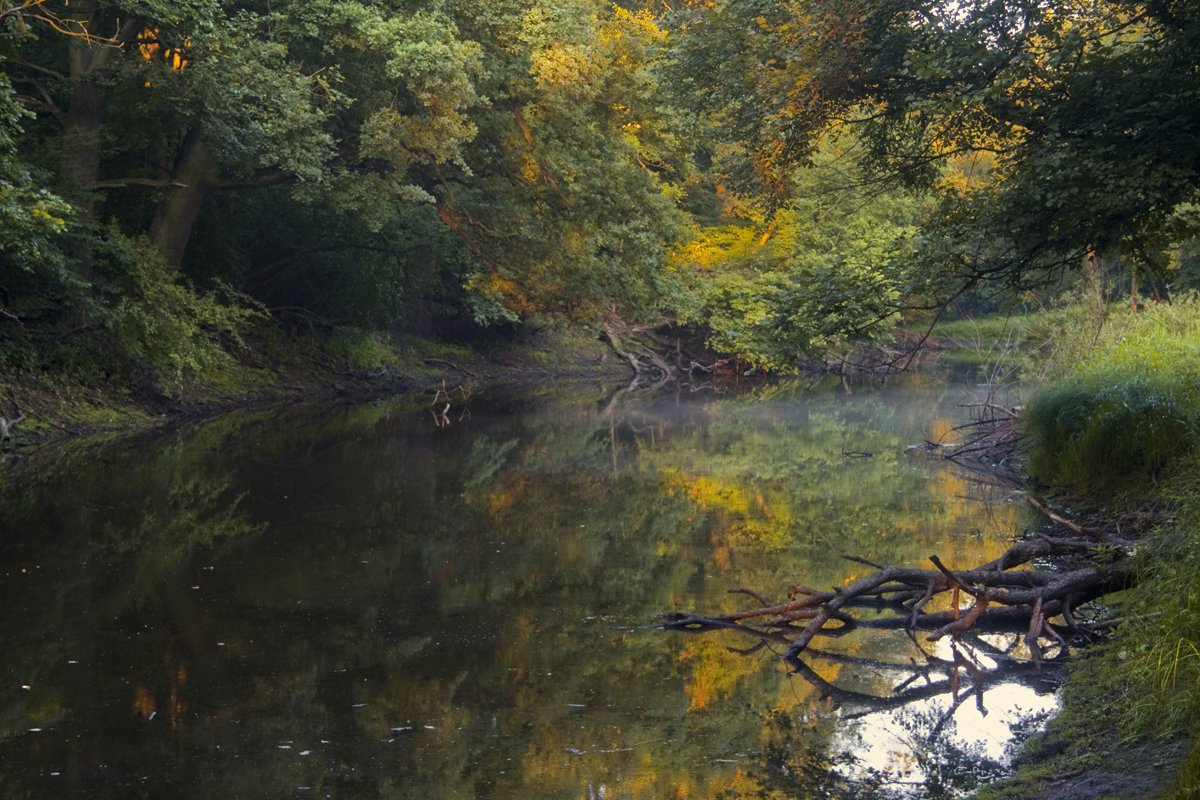
The Oder riparian forests. Fot. Jerzy Malicki
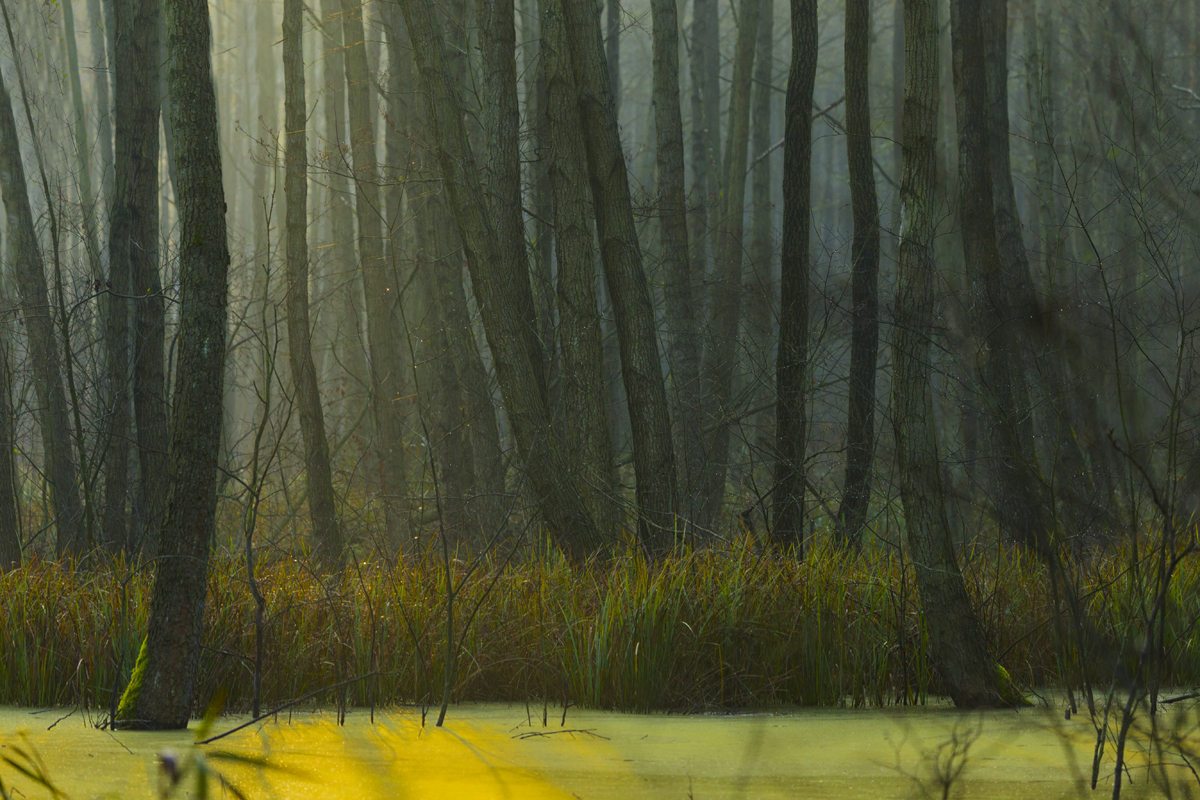
The Oder alder carrs. Fot. Jerzy Malicki
Spring of the Gąsawka river. Fot. Wody Polskie
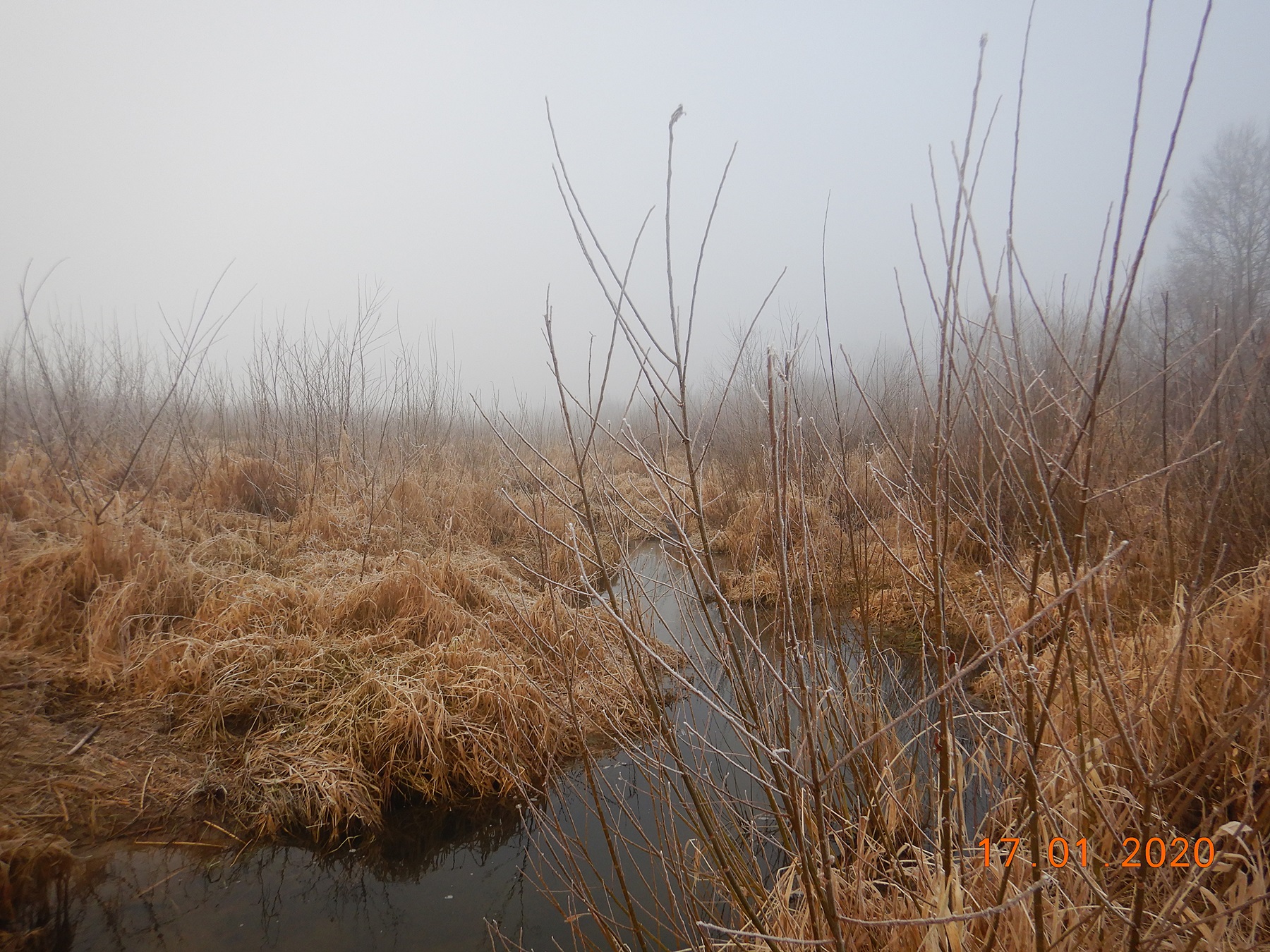
The mouth of the Struga to the Vistula has turned into a swamp due to beaver activity. Fot. Wody Polskie
PGW WP Water Education Team

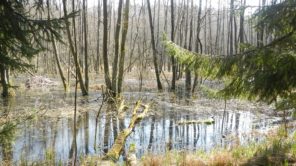
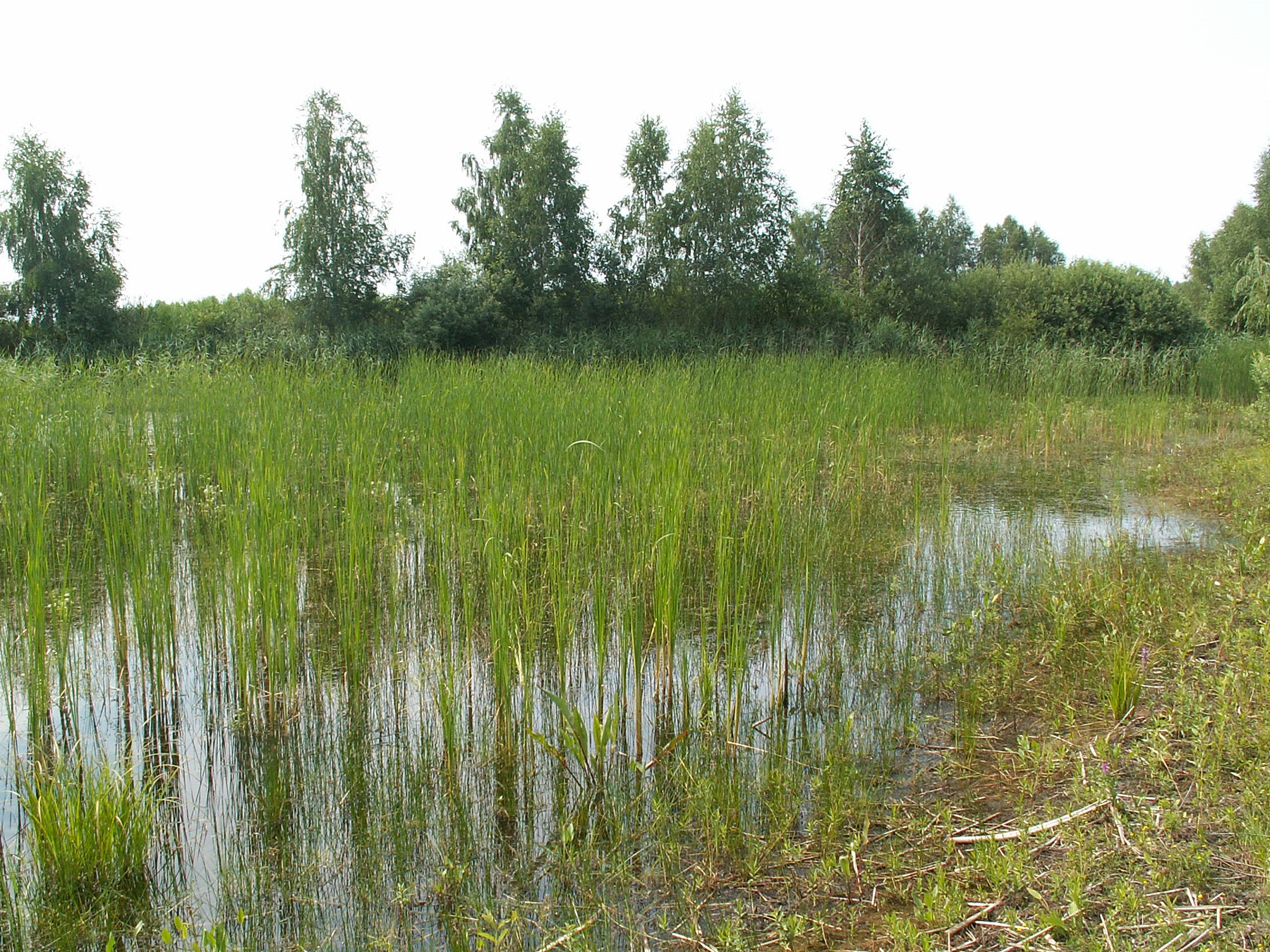
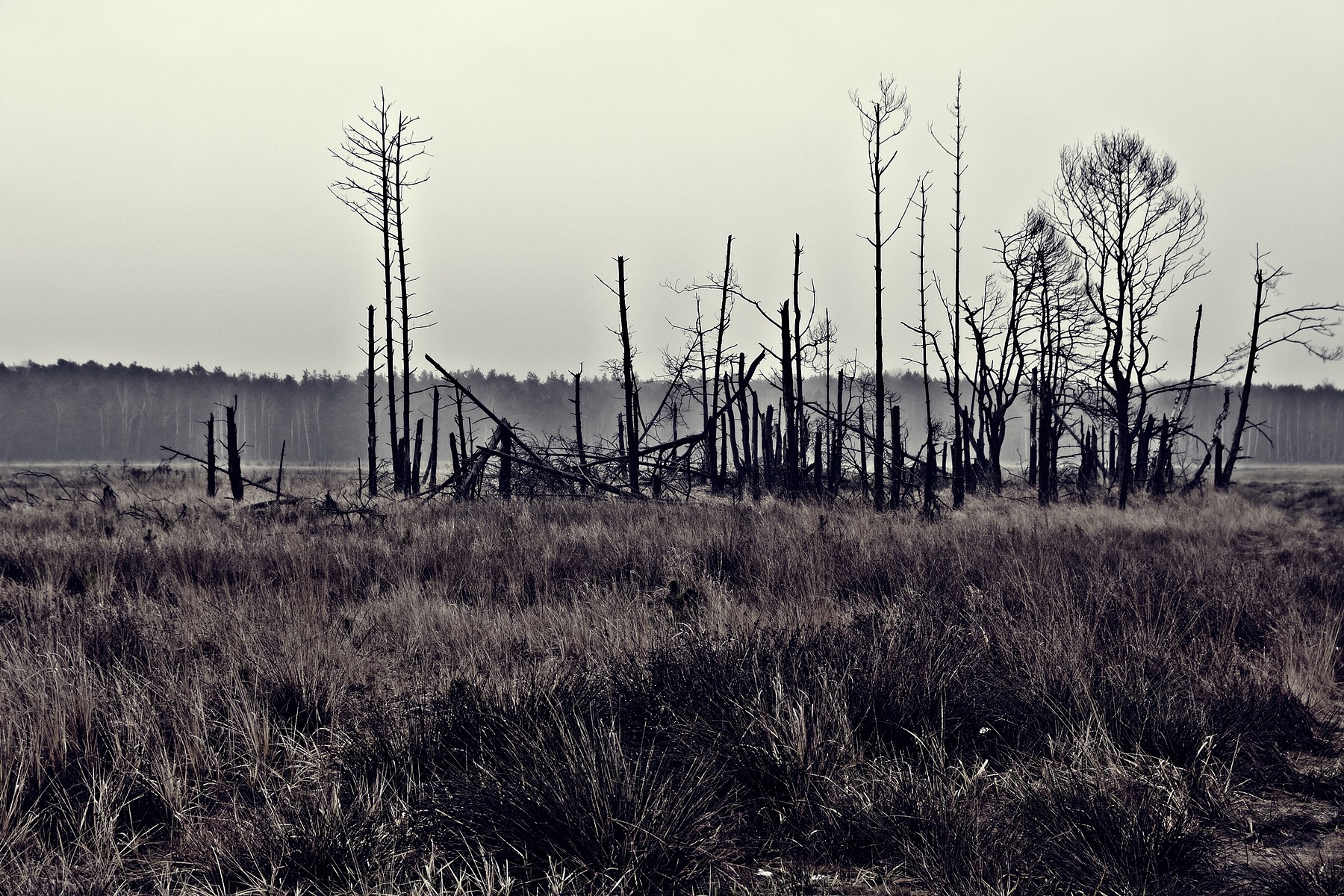
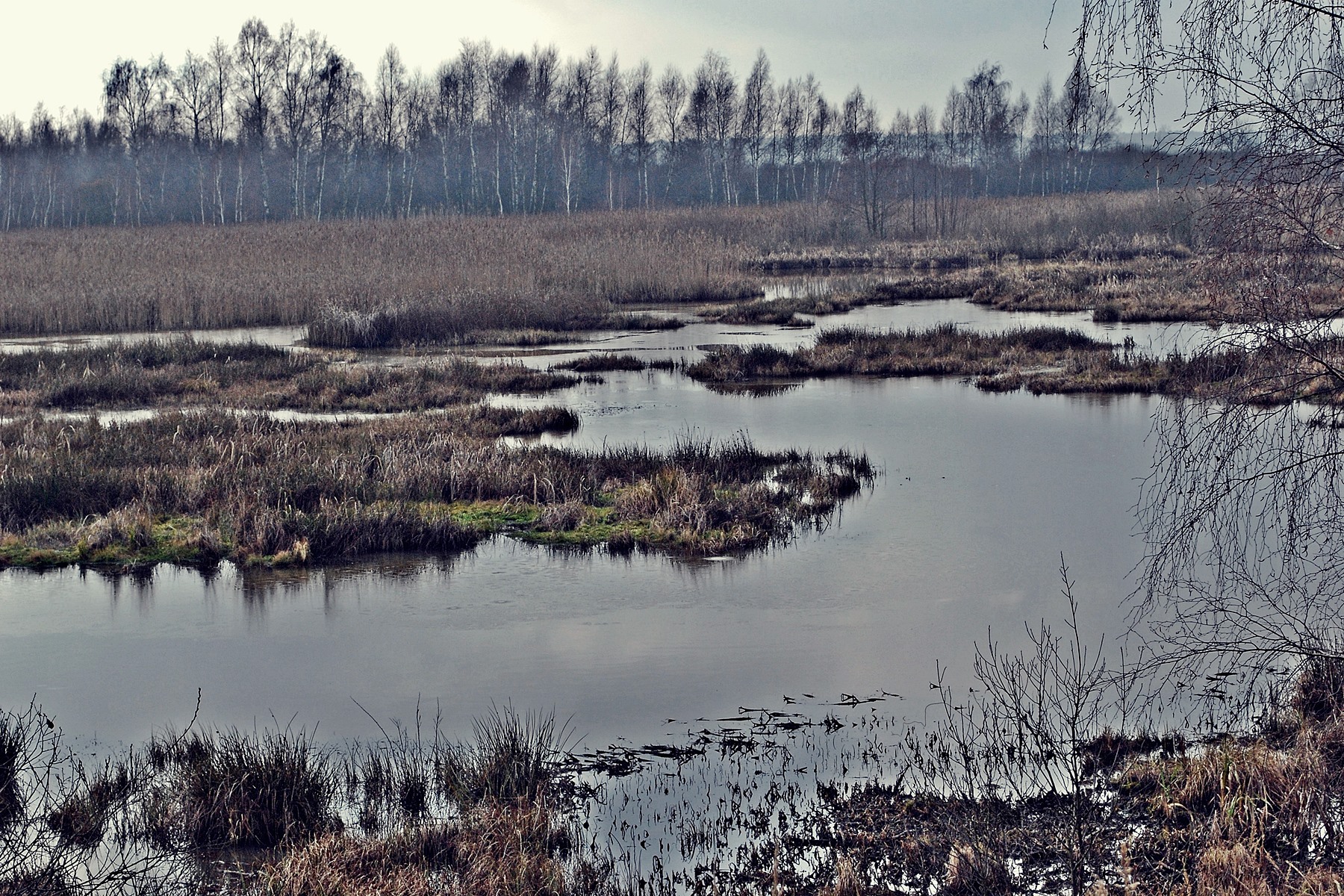
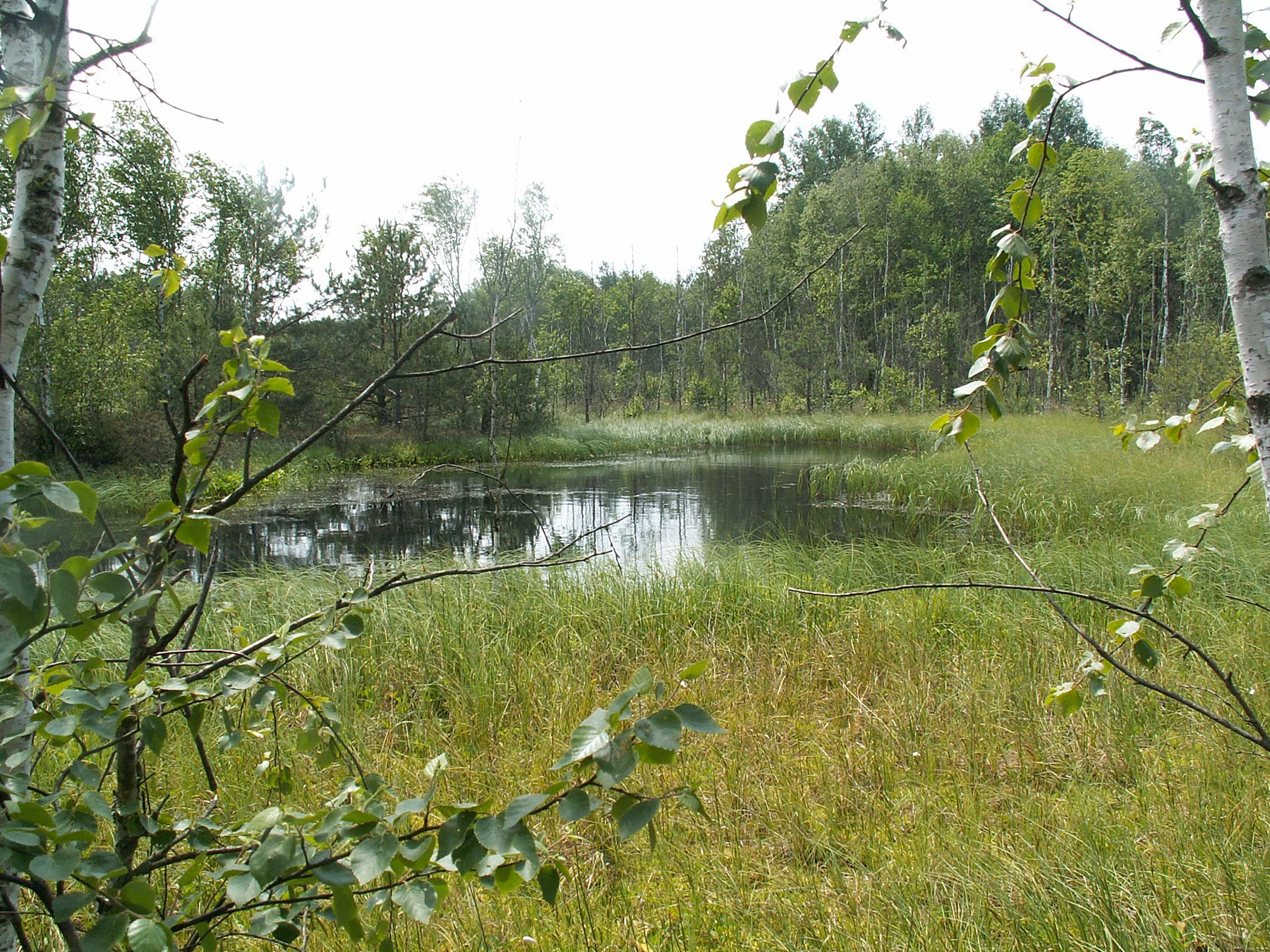
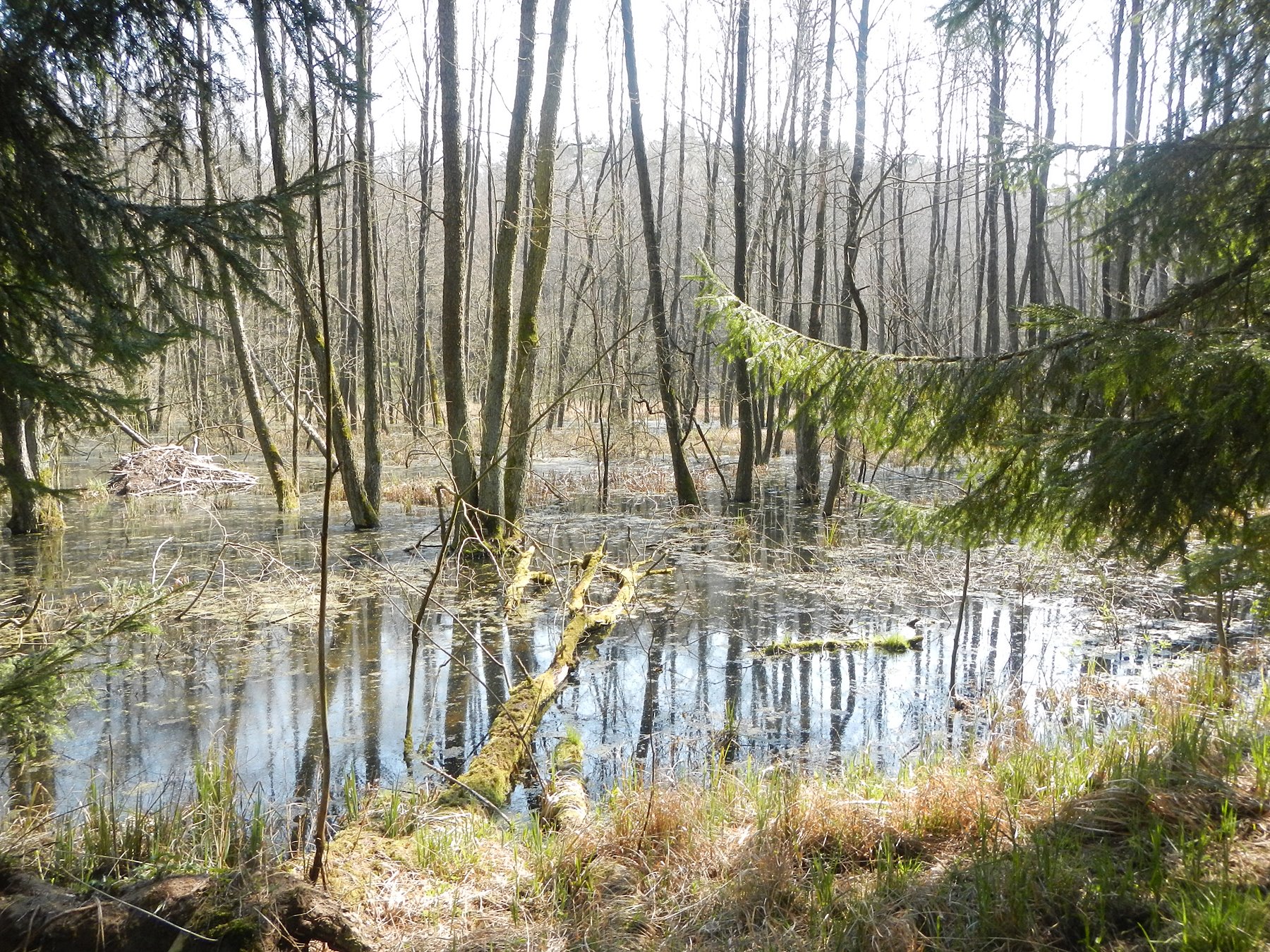

You really make it seem so easy with your presentation but I find this matter to be really something that I feel I might
never understand. It kind of feels too complicated and extremely broad for me.
I am taking a look forward on your subsequent put up,
I will attempt to get the hang of it! Escape room
I like this website it’s a master piece! Glad I found this on google.!
Having read this I believed it was extremely enlightening. I appreciate you spending some time and effort to put this informative article together. I once again find myself personally spending a lot of time both reading and leaving comments. But so what, it was still worth it!
I blog often and I really appreciate your information. The article has truly peaked my interest. I’m going to take a note of your blog and keep checking for new details about once a week. I subscribed to your RSS feed as well.
Great blog you have here.. It’s difficult to find high-quality writing like yours these days. I truly appreciate people like you! Take care!!